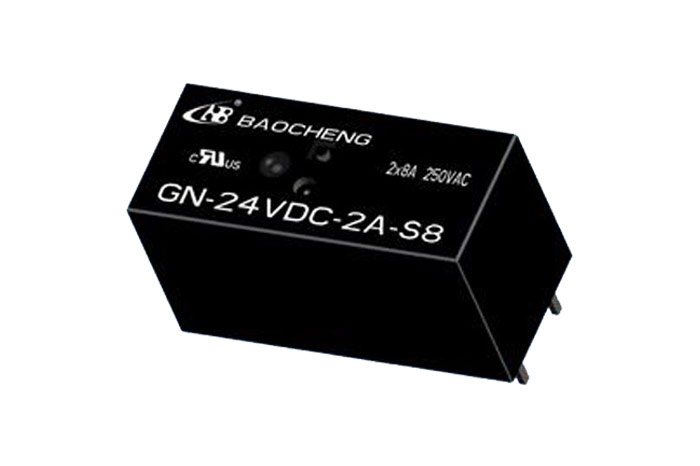Choice of electrical environment
As a Relay Electronics Manufacturer, there is some knowledge about relays to share with you.
1. According to the use environment selection
The environmental conditions used mainly refer to temperature (maximum and minimum), humidity (generally referred to as maximum relative humidity at 40 degrees Celsius), low air pressure (excluding heights below 1000 meters), vibration and shock. In addition, there are requirements for packaging, installation, dimensions and insulation. Due to the different materials and structures, the relays are subjected to different environmental mechanical conditions and are used under the environmental mechanical conditions specified by the product standards. It is possible to damage the 22F Relay, which can be selected according to the environmental mechanics conditions of the whole machine or a higher level.
It is best not to use AC-energized relays around devices that are sensitive to electromagnetic drying or RF drying. DC relays should be selected for products with coil transient suppression circuits. Those that use solid-state devices or circuits to provide excitation and spike signals are also sensitive to products with transient suppression circuits.
2. Determine the type of relay according to the input signal
According to the input signal is electricity, temperature, time, light signal to determine the selection of electromagnetic, temperature, time, photoelectric relay, this is no problem. Here, the selection of voltage and current relays is specifically described. If the whole machine supplies a constant current to the relay coil, the current relay should be selected. For a constant voltage value, the voltage relay is selected.
GN Relay
3. Selection of input parameters
The input quantity closely related to the user is the working voltage (or current) of the coil, and the pull-in voltage (or current) is the parameter that the relay manufacturer controls the sensitivity of the relay and judges and evaluates it. For the user, it is just a working limit parameter value. The control safety factor is the working voltage (current) and the pull-in voltage (current). If the relay is used under the pull-in value, it is unreliable and unsafe. If the ambient temperature rises or is under vibration or shock conditions, the relay will be made. The work is not reliable. When designing the whole machine, the no-load voltage can not be used as the basis of the working voltage of the relay. Instead, the coil should be connected as the load to calculate the actual voltage, especially when the internal resistance of the power supply is large. When the triode is used as the switching element to control the on/off of the coil, the triode must be in the on-off state. For relays operating below 6 VDC, the saturation voltage drop of the triode should also be deducted. Of course, the higher the working value is, the higher the better. If the rated working value is too high, the impact wear of the armature will increase, the number of contact rebounds will be increased, and the electrical life will be shortened. Generally, the working value is 1.5 times of the suction value. The error is generally ±10%.
Our company also has GN Relay for sale, if you need, please consult.


评论
发表评论